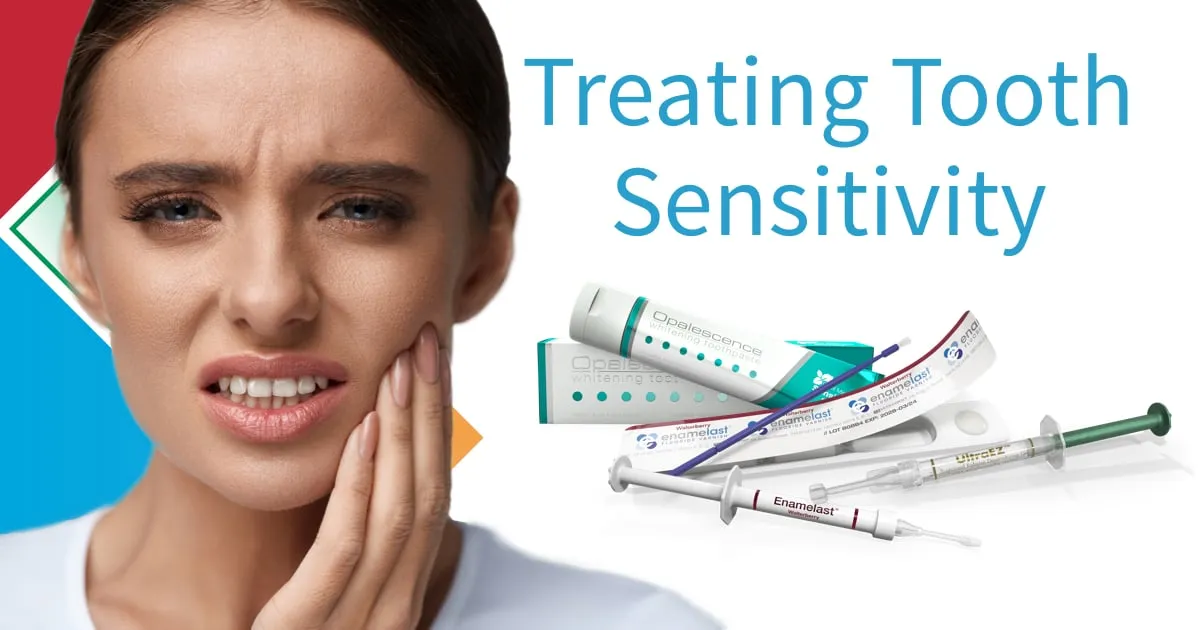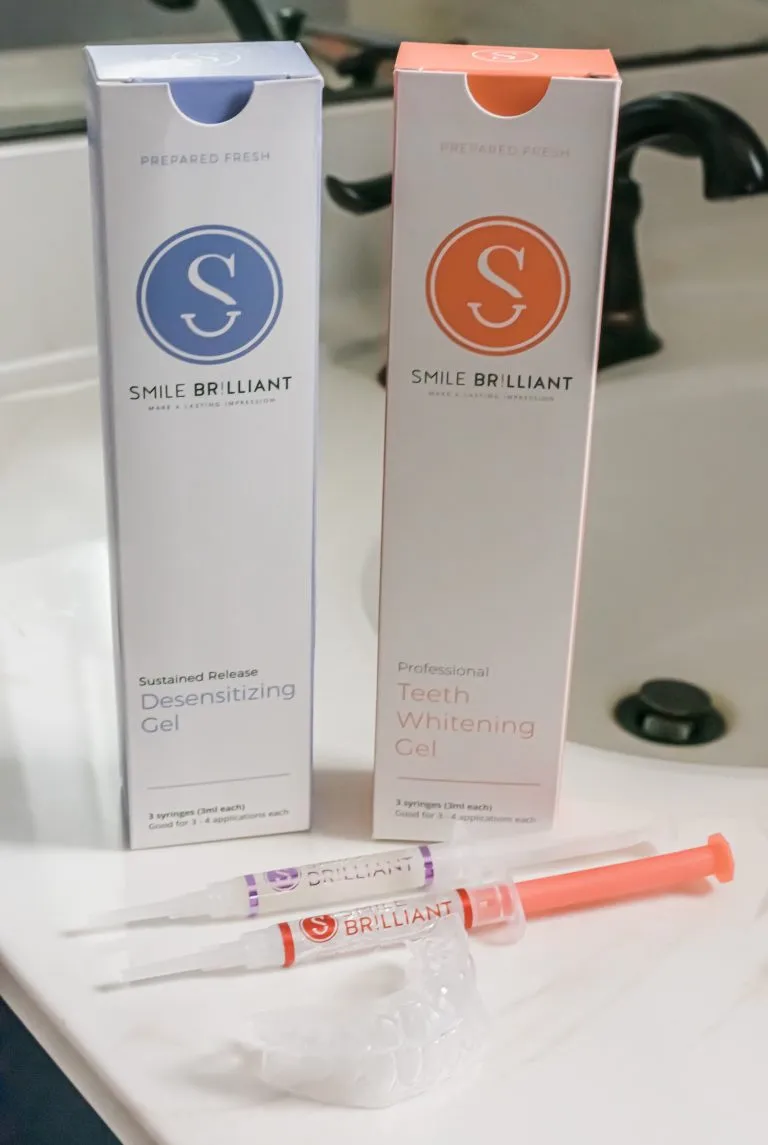Understanding Sensitive Teeth from Whitening
Teeth whitening, a popular cosmetic procedure, can sometimes lead to a temporary increase in tooth sensitivity. While the goal is a brighter, more confident smile, many individuals experience discomfort during or after the process. This guide delves into the causes, symptoms, and effective relief strategies for sensitive teeth pain resulting from whitening treatments. Understanding the underlying mechanisms and available remedies is crucial for anyone seeking a whiter smile without the unnecessary suffering. This knowledge will empower you to make informed decisions and manage sensitivity effectively, ensuring a positive teeth whitening experience. The journey to a brighter smile doesn’t have to be a painful one; with the right approach, you can achieve your desired results comfortably.
What Causes Sensitivity After Whitening
The primary culprit behind teeth sensitivity post-whitening is the active ingredient in most whitening products — typically hydrogen peroxide or carbamide peroxide. These compounds penetrate the enamel, breaking down stain molecules. However, they can also irritate the nerves within the teeth. The process opens up the pores in the enamel, allowing the whitening agents to reach the dentin, the layer beneath the enamel. This dentin houses the tubules, which are tiny channels that lead to the tooth’s nerve. When these tubules are exposed or irritated, they transmit sensations more readily, resulting in sensitivity to hot, cold, sweet, or acidic foods and drinks. The intensity of the sensitivity varies based on the concentration of the whitening agent, the duration of exposure, and individual tooth characteristics.
The Science Behind Tooth Sensitivity

Tooth sensitivity is a complex physiological response. The enamel, the outermost layer of the tooth, acts as a protective barrier. When this barrier is compromised or when the dentin is exposed, the nerve endings in the tooth become vulnerable. The tubules within the dentin contain fluid. Stimuli such as temperature changes or chemical irritants cause this fluid to move, which in turn stimulates the nerve endings. This stimulation sends pain signals to the brain, creating the sensation of sensitivity. Whitening agents exacerbate this by temporarily increasing the permeability of the enamel and potentially causing mild inflammation in the pulp (the soft tissue inside the tooth). Understanding this process is key to choosing appropriate relief methods and preventing further discomfort. Additionally, the thickness of the enamel and the size of the pulp chamber can vary among individuals, influencing their susceptibility to sensitivity.
Identifying the Symptoms
The symptoms of sensitive teeth due to whitening are usually quite distinct. The most common symptom is a sharp, sudden pain or discomfort when consuming hot, cold, sweet, or acidic foods and beverages. This discomfort is often temporary, lasting only a few seconds, but it can be quite intense. Some individuals may also experience sensitivity to air, especially cold air, entering the mouth. The intensity of the pain can range from mild twinges to severe aches, depending on the individual’s sensitivity and the whitening treatment used. This sensitivity typically peaks during or shortly after the whitening process and gradually subsides within a few days to a few weeks. Monitoring these symptoms is crucial for assessing the effectiveness of any relief measures and ensuring that the condition does not worsen. If the pain persists or becomes unbearable, it’s essential to consult a dentist.
Immediate Relief Strategies
When faced with the discomfort of sensitive teeth, immediate relief is a priority. Several strategies can provide quick and effective relief. Over-the-counter products and home remedies offer accessible solutions that can significantly reduce pain and discomfort. Alongside these, simple lifestyle adjustments like avoiding triggers can further aid in minimizing pain. It’s important to choose remedies that are not only effective but also gentle on the teeth. The goal is to soothe the nerves and protect the enamel while waiting for the sensitivity to subside. Always listen to your body, and if the pain persists or intensifies, consider seeking professional advice from a dentist. Combining several methods can often provide the best and fastest relief.
Over-the-Counter Products

A variety of over-the-counter products can offer relief from sensitive teeth. These products are generally accessible and can be used without a prescription. They often contain ingredients that help to block the pain signals from reaching the nerves or strengthen the enamel. It is essential to read the product instructions carefully and use them as directed. These products are a good first line of defense against sensitivity. If the sensitivity persists, consult a dentist to explore other options or rule out underlying dental problems. Over-the-counter products are a convenient way to manage sensitivity and improve your comfort during the whitening process.
Desensitizing Toothpaste
Desensitizing toothpaste is a popular choice for managing tooth sensitivity. These toothpastes typically contain ingredients such as potassium nitrate or stannous fluoride. Potassium nitrate works by blocking the transmission of pain signals to the nerves in the teeth. Stannous fluoride helps by sealing the dentin tubules, reducing the exposure of the nerves to stimuli. For best results, use desensitizing toothpaste consistently, twice a day, and allow it to sit on the teeth for a few minutes before rinsing. It may take several days or even weeks to experience noticeable relief. Choosing a toothpaste specifically formulated for sensitive teeth is highly recommended. Look for products that are gentle, low in abrasives, and free from harsh chemicals that might exacerbate sensitivity.
Fluoride Treatments
Fluoride treatments are effective in strengthening tooth enamel and reducing sensitivity. Fluoride helps to remineralize the enamel, making it more resistant to acid attacks and reducing the permeability of the tubules. Many over-the-counter fluoride products are available, such as fluoride mouthwashes and gels. These products can be used daily or as directed on the packaging. Applying fluoride after brushing can provide an extra layer of protection. Fluoride treatments are also a good option for those who are undergoing teeth whitening, as they can help to minimize the potential for sensitivity. Always consult with a dentist or dental hygienist about the appropriate fluoride treatment for your needs.
Home Remedies for Pain Relief

In addition to over-the-counter products, several home remedies can provide immediate relief from sensitive teeth pain. These remedies are typically safe, easy to implement, and can be used alongside other treatments. Using these options can help to soothe the nerves and offer a quick respite from discomfort. It’s essential to use these remedies consistently and be mindful of their impact on your oral health. If the pain persists or worsens, consider consulting a dental professional for further assistance. Home remedies are a simple way to provide extra care and comfort during the period of sensitivity.
Saltwater Rinse
A saltwater rinse is a simple yet effective home remedy for soothing sensitive teeth. Saltwater has natural antiseptic properties and can help to reduce inflammation and kill bacteria. To prepare a saltwater rinse, dissolve half a teaspoon of salt in a cup of warm water. Swish the solution gently around your mouth for about 30 seconds and then spit it out. Avoid swallowing the solution. This rinse can be repeated several times a day, especially after meals. It can help to reduce pain and promote healing. Saltwater rinses are particularly useful if you experience any minor gum irritation or bleeding. Using a saltwater rinse regularly can help maintain oral hygiene and reduce overall sensitivity.
Cold Compress
Applying a cold compress can provide immediate relief from tooth sensitivity pain. Cold temperatures can numb the nerves and reduce inflammation. To use a cold compress, wrap an ice pack or a bag of frozen vegetables in a thin cloth and apply it to the outside of your cheek near the affected teeth. Hold the compress in place for about 15-20 minutes. Repeat this process several times a day as needed. The cold compress can help to reduce pain and swelling, making it a great option for dealing with acute sensitivity. It’s also a good option for those who have recently undergone whitening treatments, as it can soothe the area and provide comfort. Ensure that the compress is not too cold, and always protect your skin with a cloth to avoid any potential damage.
Professional Dental Treatments

If over-the-counter products and home remedies do not provide sufficient relief, it is best to consult a dentist. A dentist can provide professional treatments and identify any underlying dental issues that may be contributing to the sensitivity. Professional treatments are designed to provide more targeted and effective relief. These treatments can help to strengthen the enamel, reduce inflammation, and block the pain signals. Seeking professional help is essential if the sensitivity is severe or if you experience any other dental symptoms. A dentist can also assess the overall health of your teeth and provide advice on how to prevent further sensitivity. Professional treatments offer comprehensive solutions for managing sensitivity and ensuring long-term oral health.
Fluoride Varnish
Fluoride varnish is a highly concentrated fluoride treatment applied directly to the teeth by a dental professional. It is an effective way to strengthen the enamel and reduce sensitivity. The dentist will apply a thin layer of varnish to the teeth, where it hardens and slowly releases fluoride. This helps to remineralize the enamel and block the dentin tubules, reducing nerve stimulation. Fluoride varnish is particularly beneficial after teeth whitening. The treatment is quick, painless, and provides long-lasting protection. After the treatment, it’s essential to avoid eating or drinking for a short period to allow the fluoride to fully absorb into the enamel. This treatment is a great way to provide targeted care and improve comfort.
Prescription Toothpaste
In cases of severe sensitivity, a dentist may prescribe a special toothpaste. These toothpastes often contain a higher concentration of active ingredients such as potassium nitrate or stannous fluoride. Prescription toothpaste can provide more potent relief than over-the-counter options. It helps to block pain signals and strengthen the enamel. The dentist will provide specific instructions on how to use the toothpaste, including the frequency and duration of use. It’s important to follow these instructions carefully for the best results. Prescription toothpaste is a powerful tool in managing severe tooth sensitivity. It’s often recommended for those who have not found relief with other methods. Regular check-ups with the dentist are essential to monitor the effectiveness and address any potential side effects.
Addressing the Root Cause

While immediate relief strategies are helpful, it’s also important to address the root causes of sensitivity. Identifying and avoiding triggers, choosing the right whitening method, and practicing proper oral hygiene can significantly reduce sensitivity and prevent it from recurring. Understanding the factors that contribute to tooth sensitivity is crucial for making informed decisions about your oral health. Focusing on these factors will not only alleviate existing discomfort but also improve your overall oral hygiene. Addressing the root cause allows you to enjoy a brighter smile with minimal discomfort and promote healthy teeth for the long term. A comprehensive approach that combines quick relief with preventive measures is key to managing tooth sensitivity effectively.
Avoiding Whitening Triggers
Certain foods and drinks can exacerbate tooth sensitivity. Avoiding these triggers can help to reduce discomfort and allow the teeth to recover. Acidic foods and drinks, such as citrus fruits, tomatoes, and carbonated beverages, can erode the enamel and increase sensitivity. Extremely hot or cold items can also trigger pain. It is important to note that individual sensitivities vary. Therefore, it’s useful to keep a food journal to track which items trigger pain. Making conscious choices to avoid these triggers for the duration of your whitening process, and during the recovery period, can provide considerable relief. Adjusting your diet can significantly reduce the severity and frequency of discomfort, helping you maintain a comfortable and healthy oral environment.
Choosing the Right Whitening Method
The method of teeth whitening can significantly influence the likelihood and severity of sensitivity. Over-the-counter whitening strips and gels often contain lower concentrations of the active ingredients compared to professional treatments. These products may be a better option for those who are prone to sensitivity. Custom whitening trays provided by a dentist offer more control over the process, allowing for a more gentle approach. In-office whitening treatments performed by a dentist may involve higher concentrations of whitening agents. It is important to discuss your sensitivity concerns with your dentist before starting any whitening treatment. They can recommend the most suitable method based on your individual needs and sensitivity levels. This approach ensures that you achieve the desired results with the least amount of discomfort.
Proper Brushing and Flossing Techniques

Proper oral hygiene is essential for preventing and managing tooth sensitivity. Using a soft-bristled toothbrush and brushing gently can help to protect the enamel from damage. Avoid brushing too vigorously, as this can wear away the enamel and expose the dentin. Brush your teeth twice a day for two minutes. Flossing daily is also crucial for removing plaque and food particles from between the teeth, where brushing cannot reach. Proper flossing prevents gum irritation and reduces the risk of enamel erosion. Consistent oral hygiene practices are an important part of a strategy for managing tooth sensitivity. Practicing these methods not only alleviates existing discomfort but also promotes overall oral health. Make sure you replace your toothbrush every three months or sooner if the bristles become frayed.
Long-Term Prevention and Care
Preventing tooth sensitivity and maintaining long-term oral health requires a consistent approach to care. Regular dental checkups, dietary considerations, and maintaining proper oral hygiene are essential for preventing sensitivity and ensuring lasting oral health. This multifaceted approach ensures that your teeth remain strong and healthy. Long-term care helps to minimize the potential for future discomfort. By taking preventive measures, you can minimize the risk of sensitivity while enjoying a bright, healthy smile. Regular dental checkups can identify potential problems early, while dietary considerations, brushing and flossing techniques, and overall maintenance of oral health provide a foundation for enduring oral health. The strategies below provide a comprehensive framework for lifelong care.
Regular Dental Checkups
Regular dental checkups are critical for preventing and managing tooth sensitivity. A dentist can assess your oral health, identify potential issues, and provide appropriate treatment. During a checkup, the dentist will examine your teeth for cavities, gum disease, and other problems that can contribute to sensitivity. They may also recommend professional cleaning to remove plaque and tartar, which can irritate the gums and increase sensitivity. Dental checkups also provide an opportunity to discuss any concerns and ask questions about your oral health. Dentists can provide personalized advice and recommend the best strategies for managing tooth sensitivity based on your individual needs. Regular checkups ensure that any potential problems are addressed promptly, preventing them from worsening. Visiting your dentist every six months is usually recommended, although the frequency may vary depending on your individual needs.
Dietary Considerations

Your diet plays a significant role in maintaining tooth health and preventing sensitivity. Limiting your consumption of acidic foods and drinks, such as citrus fruits, soda, and sports drinks, can help to protect your enamel. These acidic substances can erode the enamel, making your teeth more susceptible to sensitivity. Consuming a balanced diet rich in calcium, vitamin D, and other nutrients that support oral health is important. Calcium strengthens the enamel, while vitamin D helps your body absorb calcium. Eating crunchy fruits and vegetables, like apples and carrots, can help to clean your teeth and stimulate saliva production, which neutralizes acids and protects the enamel. By being mindful of your diet and making informed choices, you can reduce the risk of tooth sensitivity and promote overall oral health. Incorporating these dietary considerations into your daily routine can make a noticeable difference.
Maintaining Oral Hygiene
Maintaining excellent oral hygiene is the cornerstone of preventing tooth sensitivity and ensuring healthy teeth. Brush your teeth gently with a soft-bristled toothbrush twice a day for two minutes, using fluoride toothpaste. Fluoride helps to strengthen the enamel and protect against acid erosion. Floss daily to remove plaque and food particles from between your teeth. This prevents gum disease, which can lead to sensitivity. Consider using an antimicrobial mouthwash to further reduce bacteria and promote oral health. Ensure that you replace your toothbrush every three months or sooner if the bristles become frayed. A consistent oral hygiene routine is the most effective way to maintain healthy teeth and gums. By prioritizing oral hygiene, you can minimize the risk of sensitivity and enjoy a healthy, confident smile.
